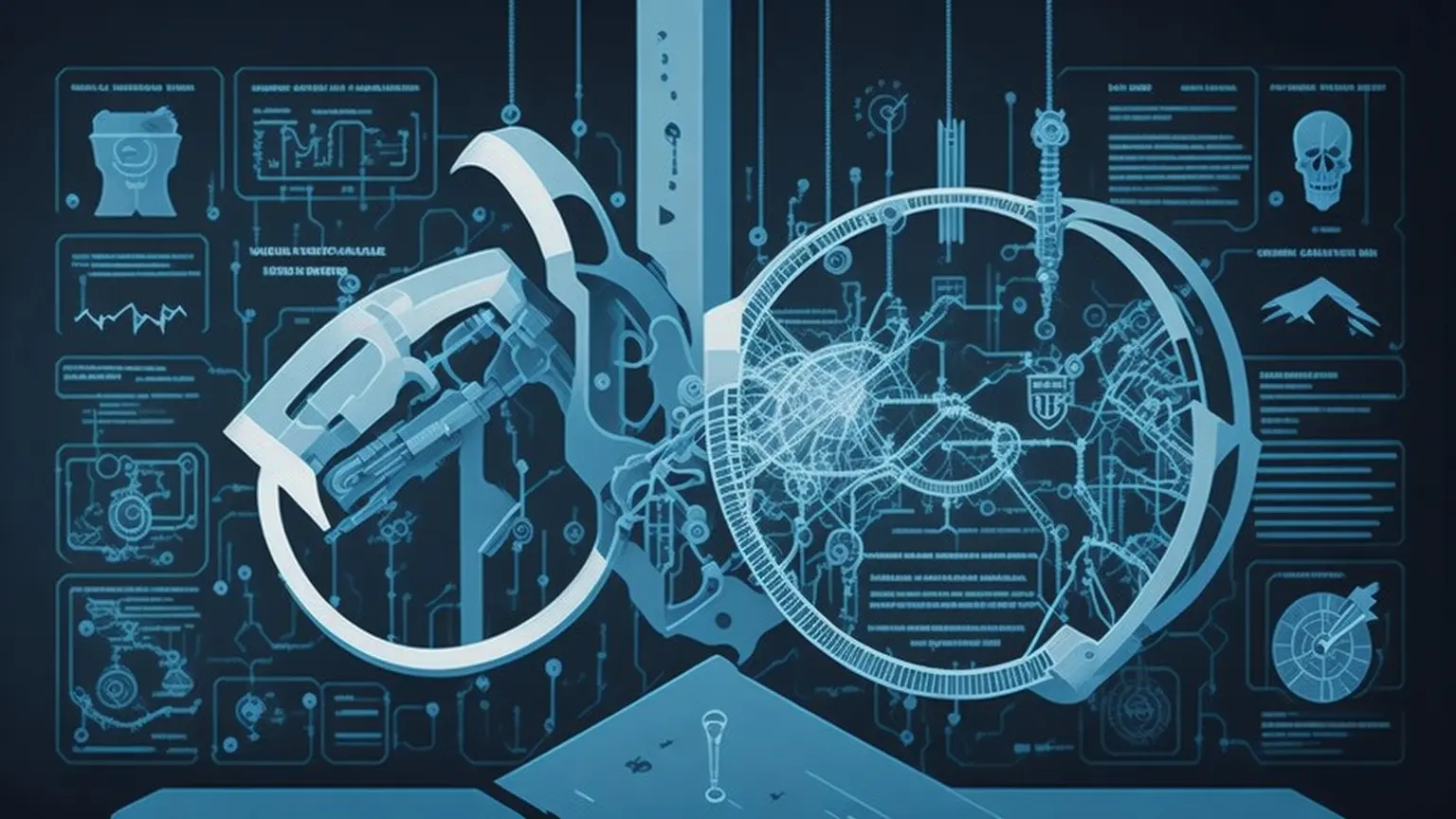Applying IT in Crime Fighting: From Predicting to Investigating


The modern era of digitization has significantly improved the efficiency of various societal sectors, including crime fighting. Information Technology (IT) today becomes a key tool in the hands of law enforcement, assisting not only in crime investigation but also in predicting their occurrence.
Predicting Crimes
One innovative direction of using IT in crime fighting is crime prediction. This involves analyzing big data to identify potential hot spots of criminal activities. The data can include crime statistics, socio-economic information, weather data, traffic data, and even social media.
Based on these data, machine learning algorithms can predict where and when a crime is likely to occur. This enables law enforcement agencies to more effectively distribute their resources and prevent crimes even before they happen.
Investigating Crimes
The use of IT also greatly enhances the ability of law enforcement agencies to investigate and solve crimes. Here are a few examples:
- Digital Forensics: This is an area that involves extracting and analyzing data from digital devices such as computers, smartphones, servers. This can aid in identifying crucial evidence such as emails, browser history, files, and much more.
- Social Media and Network Analysis: Social media can be a source of valuable information for investigations. This can include analyzing public sentiment, identifying connections between suspects, and even tracking their locations.
- Biometric Technologies: This includes facial recognition, fingerprints, voice, and other unique biological features. These technologies can assist in quickly and accurately identifying suspects.
In conclusion, IT is becoming increasingly central to crime fighting. From predicting and preventing crimes to investigating them, Information Technology offers new and effective approaches to maintaining law and order. However, it is important to balance the use of these technologies with the need to protect privacy and the rights of citizens.
Recent Posts
How to Manage an Online Community: Best Practices for Success
In today's digital age, online communities have become a pivotal aspect of brand building, marketing, and fostering user engagement. Proper…
The Future Smart Home: Automation, Energy Efficiency & Next-gen Technologies
Automation, Energy Efficiency, and Cutting-edge Technologies in Domestic Management. 1. Introduction In today's world, technology continues to become more integrated…
Building an Online Community: A Step-by-Step Guide
In today's digital age, online communities have become hubs for knowledge exchange, shared interests, and camaraderie. If you're thinking of…
Blockchain’s Revolution in Real Estate: Ushering in Transparency
Blockchain, originally known as the backbone technology of cryptocurrencies, holds potential far beyond the financial sector. One such area where…
Leveraging Graph Databases for Complex Data Structure Analysis: An Overview of Benefits and Application Methods
The contemporary data landscape is ever-expanding and becoming more intricate, and conventional analysis tools and methods often fall short in…
Leveraging Quantum Computers in Scientific Research: A Revolution in the World of Science
The emergence of the first working prototypes of quantum computers signaled a new era of scientific exploration. With a fundamentally…